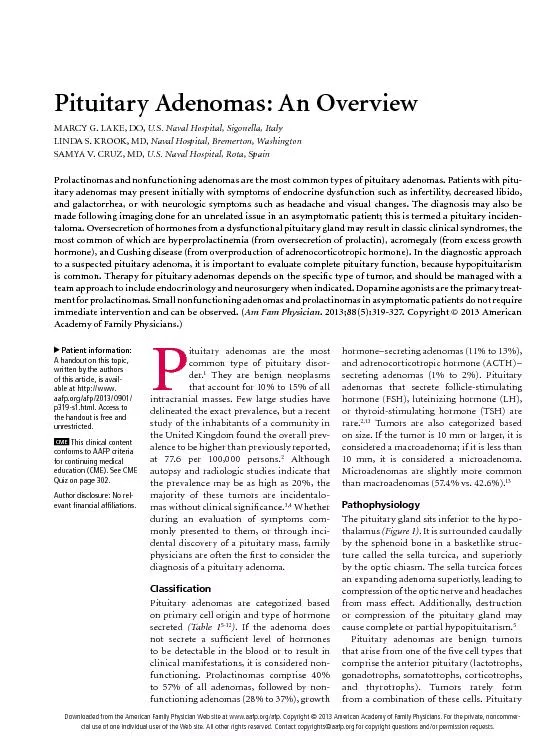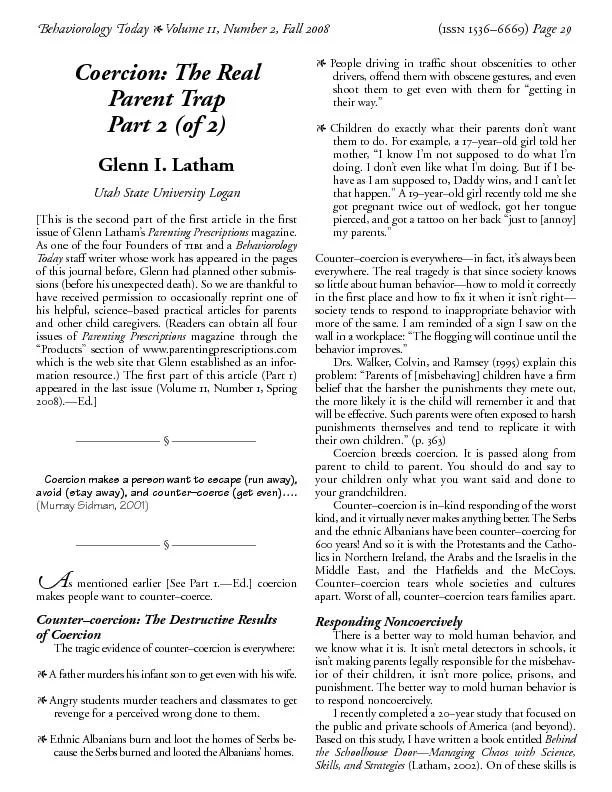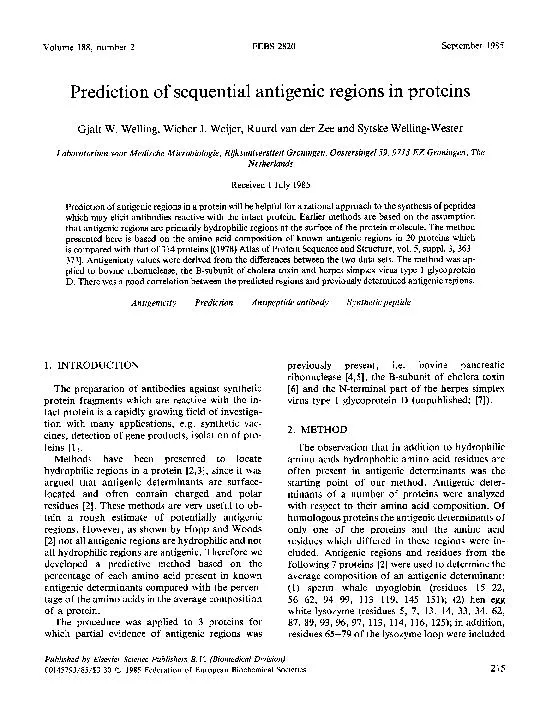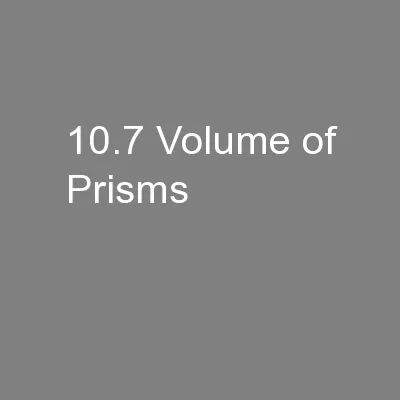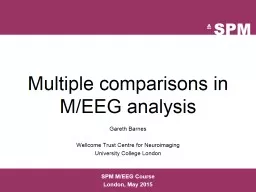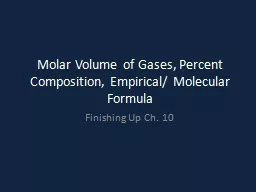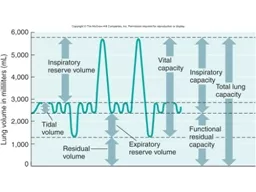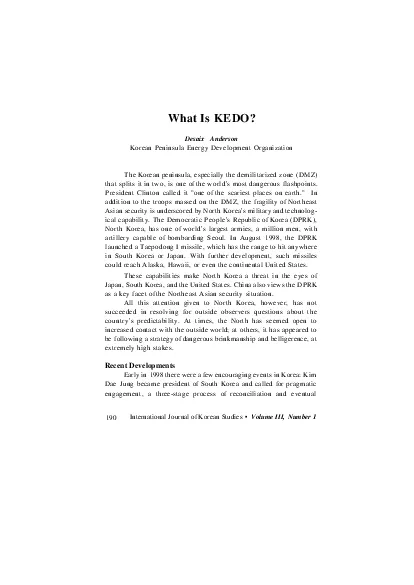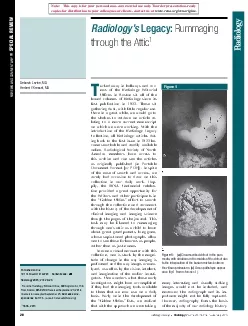PDF-Volume 88, Number 5
Author : celsa-spraggs | Published Date : 2016-05-08
September 1 2013 wwwaafporgafp American Family Physician 319 Pituitary Adenomas An Overview MARCY G LAKE DO US Naval Hospital Sigonella Italy LINDA S KROOK MD Naval
Presentation Embed Code
Download Presentation
Download Presentation The PPT/PDF document "Volume 88, Number 5" is the property of its rightful owner. Permission is granted to download and print the materials on this website for personal, non-commercial use only, and to display it on your personal computer provided you do not modify the materials and that you retain all copyright notices contained in the materials. By downloading content from our website, you accept the terms of this agreement.
Volume 88, Number 5: Transcript
Download Rules Of Document
"Volume 88, Number 5"The content belongs to its owner. You may download and print it for personal use, without modification, and keep all copyright notices. By downloading, you agree to these terms.
Related Documents

